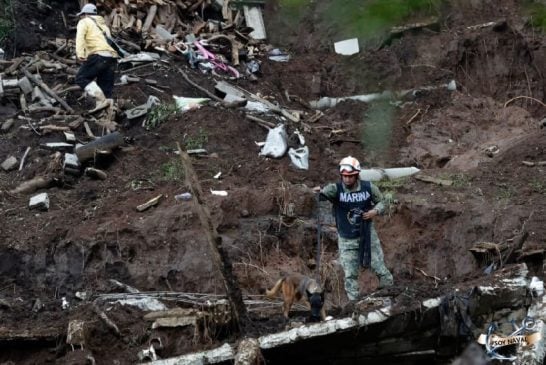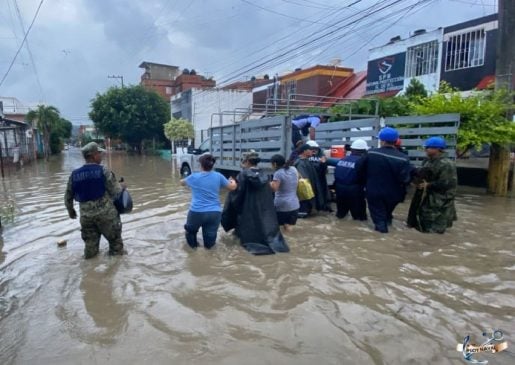Baja California, Mexico — The National Aquaculture and Fisheries Commission (Conapesca) removed 6,000 meters of illegally placed gillnets. They also released trapped fish and sea turtles found entangled in the nets.
Personnel from the Comisión Nacional de Acuacultura y Pesca (Conapesca) removed 6,000 meters of illegal gillnets and released 10 totoabas and two turtles in the Upper Gulf of California.
A total of 35 totoabas were caught in the nets, however, 10 were found still alive and released. The net removal and marine life release was an operation carried out by the Ministry of the Navy (Semar), the Federal Attorney for Environmental Protection (Profepa) and Conapesca.
Three gillnets used for illegal totoaba fishing were seized. The discovery occurred 37 kilometers north of the port of San Felipe, in the Upper Gulf of California and Colorado River Delta Biosphere Reserve.
“Twenty-five totoabas were found trapped in the nets, weighing a total of 875 kilograms. To prevent illegal harvesting, the fish carcasses were rendered useless. Ten totoabas and two sea turtles were released alive,” Conapesca reported.
The seized nets had a total length of 6,000 meters. Two of them measured 3,000 meters together and contained the 35 caught specimens, while the third net, approximately 3,000 meters long, contained no fish.
“The capture of totoaba is prohibited as it is a species of endangered wildlife. Its capture also threatens the vaquita marina, a mammal endemic to the Gulf of California and in danger of extinction. Illegal totoaba capture is due to the international trafficking of its swim bladder,” they reported.
This operation is part of the Mexican government’s Compliance Action Plan to prevent illegal fishing and trade of totoaba. This plan is implemented through the Upper Gulf of California Intergovernmental Sustainability Group (GIS), whose primary objective is to protect the vaquita marina.


